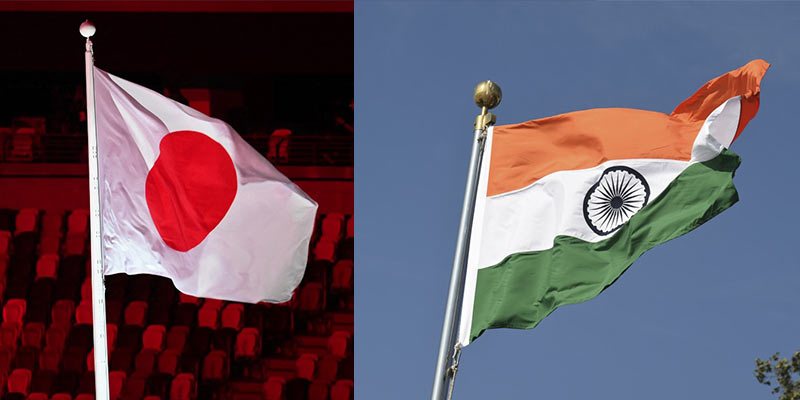- India
- Feb 21
Explainer - Japanese Official Development Assistance (ODA) to India
The Japanese government committed Official Development Assistance (ODA) loan of ¥232.209 billion (about Rs 12,800 crore) for nine projects related to various sectors in India on February 20.
Japanese Official Development Assistance (ODA)
• Official development assistance (ODA) is defined as government aid that promotes and specifically targets the economic development and welfare of developing countries.
• Japan has been extending bilateral loan and grant assistance to India since 1958.
• Japan is the largest bilateral donor to India.
• Japanese ODA supports India’s efforts for accelerated economic development particularly in priority areas like power, transportation, environmental projects and projects related to basic human needs.
• Delhi Metro is one of the most successful examples of Japanese cooperation through the utilisation of ODA.
• Japan’s ODA disbursement to India in 2021-22 stood at about ¥328 billion (approx $3.28 billion).
• Economic partnership, a key pillar of India-Japan relations, has steadily progressed in the last few years.
ODA for nine projects
i) North East Road Network Connectivity Improvement Project (Phase 3) (Tranche II): Dhubri-Phulbari bridge
ii) North East Road Network Connectivity Improvement Project (Phase 7): NH 127B (Phulbari-Goeragre section)
iii) Project for promoting startup and innovation in Telangana
iv) Project for construction of Chennai Peripheral Ring Road (Phase 2)
v) Project for promoting sustainable horticulture in Haryana (Tranche I)
vi) Project for climate change response and ecosystem services enhancement in Rajasthan
vii) Project for the Establishment of the Medical College Hospital at Nagaland Institute of Medical Sciences and Research, Kohima
viii) The Project for the Improvement of Urban Water Supply System in Uttarakhand
ix) The Dedicated Freight Corridor Project (Phase 1) (Tranche V)
• The road network connectivity projects aim to improve infrastructure development in India’s northeast region, while the Chennai peripheral ring road project aims to alleviate traffic congestion and strengthen connections to the southern part of the state.
• The project in Nagaland will help develop tertiary level medical service delivery by developing a medical college hospital contributing towards universal health coverage.
• The project in Telangana will help discover entrepreneurial skills with focus on women and rural population and support business expansion of MSMEs.
• In Haryana, the project will promote sustainable horticulture and improve farmer’s income by promoting crop diversification and infrastructure development.
• The forestry project in Rajasthan will enhance ecosystem services through afforestation, forest and biodiversity conservation.
• In the mountainous state of Uttarakhand, the project aims to provide stable water supply to urban towns.
• The fifth tranche of the dedicated freight corridor project will help in construction of a new dedicated freight railway system and bring about modernisation of intermodal logistics system enabling handling of increased freight traffic.
Manorama Yearbook app is now available on Google Play Store and iOS App Store

